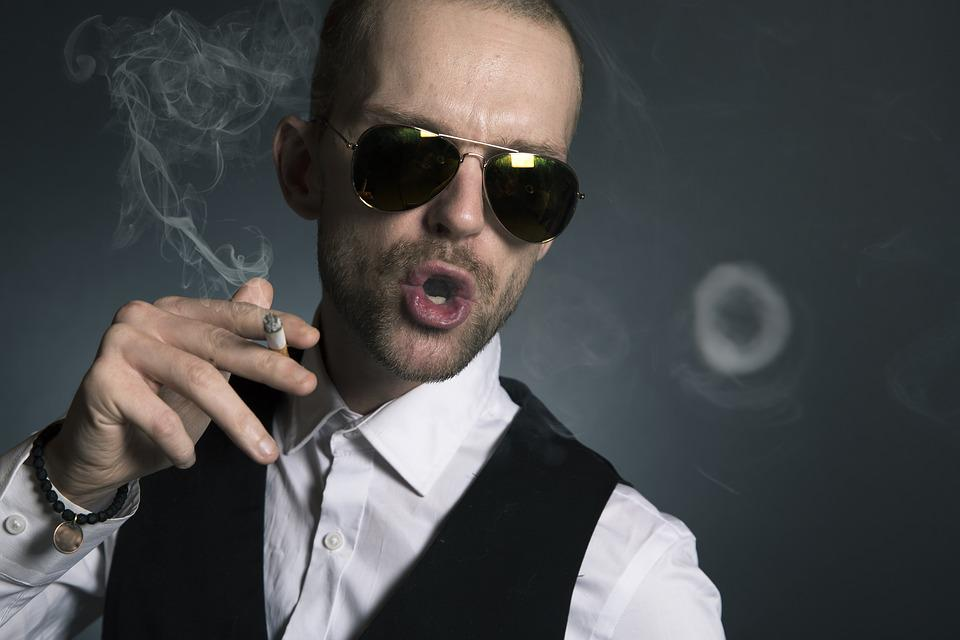Do you know what make up glossaries are? This article will provide you with all of the information you need on a make up glossary, including its definition, usage, example sentences, and more!
-
Kevin
-
 December 20, 2021
December 20, 2021
-
 Common Questions
Common Questions




